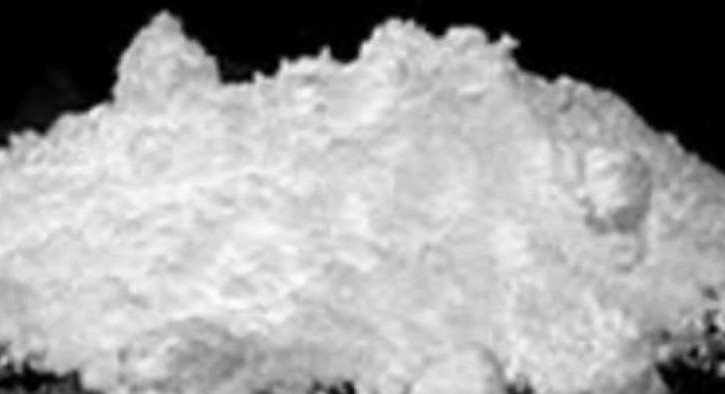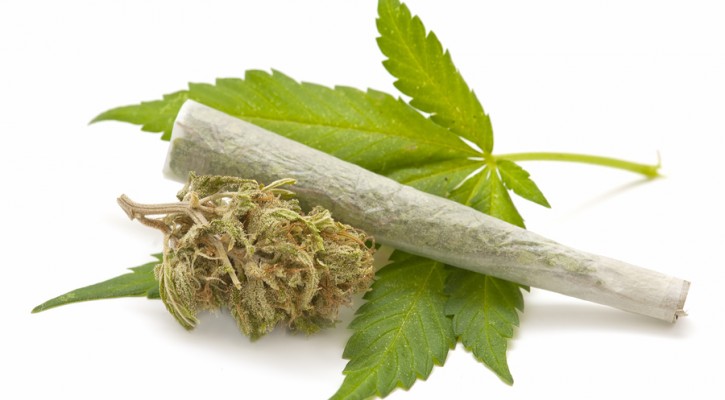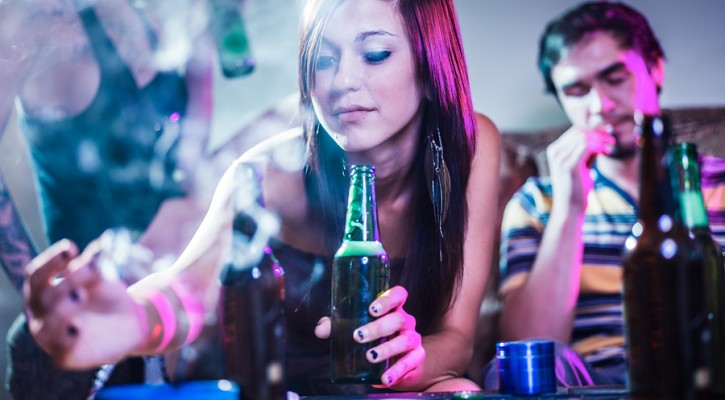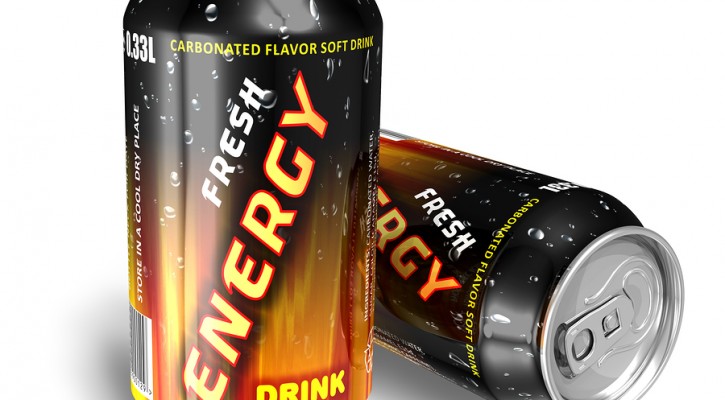Category Archive: Drugs

Teen Dies From Caffeine Overdose
July 1, 2014
A teen who was found dead five days before graduation died from a caffeine overdose. According to a coroner’s report, the teen had more than 70 micrograms of caffeine per milliliter of blood compared to three to 15 micrograms found in a typical energy drink. The teen, who apparently ordered the powdered form of the drug online, suffered cardiac arrhythmia and seizures brought on by ingesting the caffeine. According to a USA Today report, a 12 oz. cup of Starbucks coffee contains 260 milligrams of caffeine while a teaspoon of pure caffeine can contain up to 1600 milligrams. Read more: Autopsy finds Keystone senior died from caffeine overdose

Nerds Rule! – Study Shows “Cool Kids” More Likely To Become Criminals
June 13, 2014
In a study published in the journal Child Development, researchers followed 180 13 year olds for ten years. The results showed that the “cool” kids were more likely to have drug and alcohol problems, difficulty forming long lasting relationships and generally burned out by age 22. Read more: Cool Kids Lose, Though It May Take A Few Years

Marijuana An Increasing Factor In Fatal Crashes
June 11, 2014
Columbia University researchers studying almost 24,000 driving fatalities determined that marijuana use was a factor in 12% of fatal crashes in 2010; a rate three times higher than a decade ago. Read more: Marijuana playing larger role in fatal crashes

Combined Alcohol-Marijuana Use More Dangerous Than Either Alone
May 1, 2014
In one of those studies that should seem to be a no-brainer, researchers have found that the combined use of alcohol and marijuana is more dangerous for teen drivers than the use of either of the drugs alone. Teens who combine the two drugs get more traffic tickets and are involved in crashes at a higher rate than users of just marijuana or alcohol.
With the push to legalize marijuana throughout the country, teens may be getting the false message that marijuana is a harmless drug. They need to be reminded that, even though it may be legal in some states, it is still illegal to drive while under the effects of the drug. Combining marijuana and alcohol means adding one depressant to another and leads to a synergistic effect where the effects of the two drugs are combined are more powerful.

Energy Drink Related Emergency Room Visits Double
April 30, 2014
According to a report released in January 2013 by the Substance Abuse & Mental Health Services Administration, ER visits related to the use of so called energy drinks doubled from 10,068 visits in 2007 to 20,783 visits in 2011.
We were among the first to write about the issue of energy drinks and their effect on health and driving back in 2009 and have published several articles since but the warning bears repeating.
Energy drinks contain large amounts of caffeine and sugar and are marketed mostly toward young people as a way to gain energy, stay awake, or lose weight. Energy drinks are unregulated and there are really no limits on how much caffeine can be added to a drink.
The problem comes when young people, with their busy schedules, try to use the energy drink as a substitute for sleep. Once the effect of the caffeine wears off, a sleep deprived person will not be able to remain awake.
Another problem is “caffeine intoxication” which comes from overdosing on caffeine, leading to anxiety, excitability, restlessness, and an inability to concentrate. Caffeine in large amounts can lead to even greater health issues, including cardiovascular problems, seizures, and hallucinations.
A real danger comes when the energy drinks are mixed with alcohol or other drugs. According to the report, “bar patrons who consumed alcohol mixed with energy drinks were 3 times more likely to leave a bar highly intoxicated and were 4 times more likely to intend to drive while intoxicated than those who did not consume alcohol mixed with energy drinks.”
The report went on to say: “Of the 20,783 ED visits involving energy drinks in 2011, 58 percent involved energy drinks only and the remaining 42 percent involved other drugs. Pharmaceuticals were most commonly combined with energy drinks (27 percent), with 9 percent involving energy drinks and central nervous system stimulants (e.g., Adderall®, Ritalin®). About 13 percent of visits involved energy drinks and alcohol and one tenth of visits (10 percent) involved energy drinks and illicit drugs, with 5 percent involving energy drinks and marijuana.”
Some health experts have called for the FDA to regulate energy drinks and to place warnings on the labels. Canadian health officials enacted regulations beginning in January 2013 that limit the amount of caffeine in one drink to 180 mg or roughly the same amount as that contained in an eight ounce cup of coffee.
